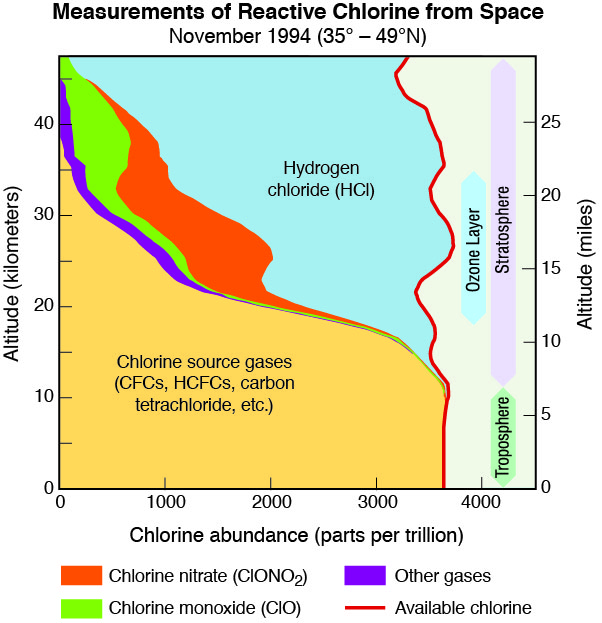 So Eli has been Nisbiting here and there, when who should appear at the bird feeder in the window than Ethon. No decent liver out there anymore in Boulder he says, but spotted some good bird feed up at AU, and then Eli's pal began to talk about the grift.
So Eli has been Nisbiting here and there, when who should appear at the bird feeder in the window than Ethon. No decent liver out there anymore in Boulder he says, but spotted some good bird feed up at AU, and then Eli's pal began to talk about the grift.
Curious he said, but this Nathan Cummings Foundation that fronted the $$ to Matt Nisbet, why they are the dollars behind the Breakthrough bunch, which funnily enough has this Sr. Fellow, with whom Ethon assumes you, Eli, are well acquainted. It's a strange thing Ethon pointed out, but the author picked the reviewers and paid them the proverbial pittance to do something, though it is not clear what, because one of them jumped ship, and on the way out mentioned that he was only shown a small part of the report. And you know what, this is not something submitted to a journal for publication, but a report for some faculty guys with a web site of which the fellow who took the payments is the director. Makes you think of an S. Fred Special, you know the environmental tobacco smoke is good for you if, as Fred did, you use the wrong statistic, or maybe that NIPCC report that the old boy wrote for a 100K or so. Seems to be the going price this decade.
Anyhow, Ethon was a very hungry bird and he took the bait. Read the thing, and he pointed out something very interesting, not that interesting things had not been pointed out, and oh, did that make the usual suspects berry, berry cross, but this is supposedly a report on who spent what for influencing public opinion, and in that there are three things to look at: lobbying, advertising and political contributions.
On political contributions
A clear financial advantage still held by the conservative movement and industry allies exists in the arena of election spending, as a recent analysis by the Center for Responsive Politics indicates. In 2010, following the Citizens United court ruling, conservative and allied industry organizations engaged in unprecedented independent campaign spending. The Chamber of Commerce ($33 million), American Crossroads ($22 million) and Crossroads GPS ($17 million) combined for $73 million in independent expenditures. In comparison, the League of Conservation Voters ($5.5 million), Defenders of Wildlife ($1 million) and the Sierra Club ($700,000) combined to spend $7.2 million.
and you know, even the good Matt proves that money talks in politics, because there was one case where the shoe was on the other foot
In total, supporters of the proposition raised approximately $10.6 million. In comparison, the “No on Proposition 23” coalition raised at least $25 million, resulting in a more-than 2-to-1 financial advantage over their opponents.
which enabled the opponents of the proposition to run more ads, contact more people, etc. So on political contributions, advantage climate change
rejectionistsOn advertising:
the Alliance (for Climate Progress) spent $34 million on advertising, short of the widely publicized $100 million-a-year goal.53 Similarly, by the end of 2009, the Alliance had signed up 2.5 million “members” to receive news and alerts, short of the 10 million target.54 In terms of advertising by other environmental organizations, according to their 2009 tax records, EDF spent $9.6 million; NRDC, $2.3 million; and Sierra Club, $1.8 million. In all, the Alliance and these groups spent $47.7 million on advertising. . . . In comparison, according to their respective tax returns, the U.S. Chamber of Commerce spent $71 million on advertising in 2009, the American Petroleum Institute spent $57 million, the American Coalition for Clean Coal spent $31 million, the National Association of Manufacturers spent $4.5 million, and the Heritage Foundation spent $3.7 million, for a combined total of $167 million. Not all of this ad spending was on climate change. For example, as discussed earlier, much of the spending by the U.S. Chamber was aimed at health care legislation.
but, of course, not all of the environmental groups' advertising was on the Cap and Trade bill either.
IOKIYAACCR. And, of course, the oil and coal companies had their own advertising,
Image advertising by the major oil companies is also relevant, as this advertising may influence the perceived need among lawmakers and the public for cap and trade legislation, even if the ads did not directly address the debate, and even as some of the companies supported the bills. . . .
Figures on advertising spending by oil companies in 2009 are not available, but an analysis by the firm Kantar Media CMAG for the Alliance for Climate Protection provides some insight on the scale of spending by these companies. During the first 10 months of 2010, Exxon Mobil spent $29 million, Shell spent $9.7 million and Chevron spent $7.2 million. In responding to the oil spill, BP spent $126 million.
So on advertising, advantage climate change
rejectionistsOn lobbying, as Joe
Romm has pointed out,
Nisbet has to use a bizarre method to get the numbers for pros and cons to come out even. His argument is based on the idea that
With the exception of the figures for the environmental groups, this comparison of lobbying expenditures across coalitions should not be interpreted as reflecting the actual amounts spent on cap and trade legislation. Instead, in the aggregate, these totals are representative of the capacity for power and influence that each side could apply in 2009.
But he then trawls into the pro cap and trade lobbying totals the total lobbying for all of the companies who were members of the US Climate Action Partnership. Somehow, the author forgot to include the total lobbying budgets for all of the members of the American Petroleum Institute or the US Chamber of Commerce on the other side. Unfortunate yet EVEN with that lack of manipulation**,
Through their work building coalitions and alliances, the environmental groups were able to forge a network of organizations that spent a combined $229 million on lobbying across all issues. In comparison, the network of prominent opponents of cap and trade legislation spent $272 million lobbying across all issues.
In spite of putting his big toe on the scale, in all three rubber meets the road
categories, political contributions, advertising and lobbying the climate change
rejectionists had significantly more resources (and if you think 43M$ is not a lot, Eli would like to talk with you about buying carrot and bird seed futures).
And then, of course, we have to (NO WE DON'T!!!!!) talk about the full
Wegman,
Nisbet's learned dissertation on how the
AAAS is full of socialists who were born in Kenya. Science
birtherism as it were. Was there a point there? Yes, Michael Mann published with a lot of people since 1998 and
Obama's father came from Kenya.
**
Nisbet's accounting puts Eli in mind of the three candidates for a CFO job who, at the interview were asked what 2 + 2 was. Three said the first, and was asked to leave. Four said the second and was told to take a seat in the waiting room. What would you like it to be said the third, and was hired.















